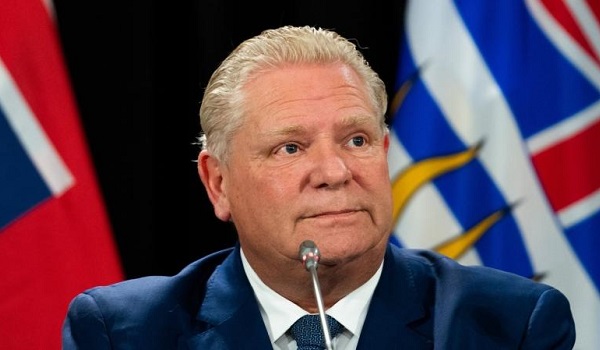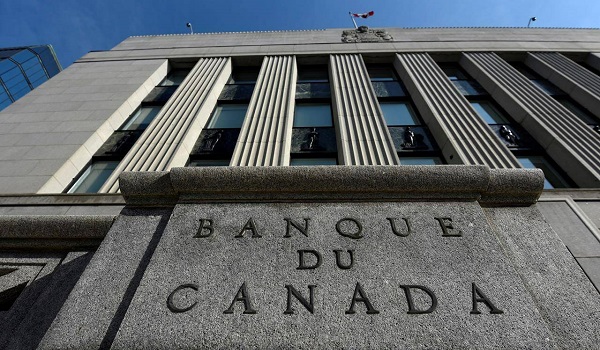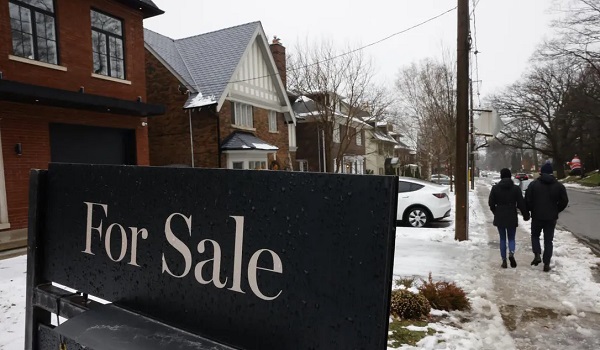Veto powers granted to Ontario municipalities by Ford are complicating efforts to avert electricity shortages
Veto powers granted to Ontario municipalities by the province, introduced in 2018 as part of a campaign against renewable power generation, are complicating Ontario’s efforts to avert electricity shortages expected in a few years’ time.
Ontario’s Independent Electricity System Operator forecast last year that electricity demand in the province would rise about 2 per cent each year for the next 20 years, leading to shortfalls as early as 2025. Without new capacity, it warned, emergency measures such as rotating blackouts would be needed.
To meet the demand, the IESO said it would need to procure as much as 4,000 megawatts (MW) of new generation capacity, primarily in the form of new natural gas-fired power plants and battery storage facilities. In December, the IESO unveiled further plans to acquire as much as 5,000 MW of non-emitting generating sources, such as wind and solar.
A megawatt, or one million watts, is a yardstick for measuring power. In 2022, Ontario’s demand ranged between about 10,000 and 22,000 MW.
But there’s a wrinkle: Because of measures introduced by the government of Premier Doug Ford over the last several years, producers looking to supply that power must first persuade local governments to provide approvals – in writing. This requirement, unique in Canada, has turned municipal council meetings into battlegrounds between utilities, concerned citizens and activist groups.
A substantial number of proposed power projects have been rejected, which has narrowed the IESO’s options as it scrambles to plug an expected shortfall in generation capacity.
“A number of these councils have felt that they have been ill-equipped to make these decisions on the fly,” said Aakash Harpalani, director of clean energy at The Atmospheric Fund, a regional climate agency focused on the Toronto and Hamilton area.
“This round of procurements has happened quickly, and caught many councils off guard.”
So far, natural gas plants seem to have foundered most often, mainly because of concerns about their greenhouse gas emissions at a time when many governments are seeking to decarbonize electricity grids.
On Dec. 11, the Town of Halton Hills withheld support from Atura Power, which sought to install a new 265 MW turbine at an existing 683 MW natural gas-fired plant. Municipal councils in cities including Kingston, Brampton and Toronto have adopted broad measures opposing fossil-fuel generation capacity. Toronto rejected “any new power generation proposal involving increased burning of fossil fuels, including natural gas, in the City.”
Northland Power’s plan to build a 200 MW plant adjacent to its existing facility in the City of Thorold was thwarted in September when that council rejected it in a unanimous vote. Loyalist Township denied a proposed expansion of a cogeneration plant in late November.
The Ontario Clean Air Alliance, a non-profit organization opposed to natural-gas generation, said a total of 35 municipalities representing 60 per cent of Ontario’s population have passed resolutions asking the province to phase it out entirely.
Battery storage projects, which can set aside surplus electricity to deliver back to the grid at moments of high demand, have also encountered opposition. The chief concern is the risk of fire and explosions: Batteries can suffer a chemical chain reaction known as “thermal runaway,” producing heat that can lead to conflagration.

Justin Rangooni, executive director of trade association Energy Storage Canada, said more battery projects have been approved than rejected, although the successful ones often elude media notice. He expects the IESO will be able to hit its procurement targets for battery storage.
“It’s going to be oversubscribed in terms of the current capacity target that they have,” he said. “Whereas with natural gas, we’re hearing that it’s going to be undersubcribed.”
Municipalities’ veto powers originated in the Ford government’s opposition to renewables. Mr. Ford disparaged wind generation in the lead-up to the 2018 provincial election, which played well among municipalities that were angry about wind farms they felt the Liberal government of the day had forced upon them. Some had explicitly voted against being willing hosts, but legislation introduced by the Liberals in 2009 effectively erased requirements for local approval. Opponents of wind energy claimed turbines harmed human health, but supplied little supporting evidence.
Months after assuming office, Mr. Ford introduced the Green Energy Repeal Act. As the name implied, it took aim at wind and solar farms by granting municipalities the ability to block renewable projects they didn’t want.
The Ford government later extended that same principle to a wider range of projects, including natural gas plants, battery storage and landfills. In a speech before the Empire Club in December, Minister of Energy Todd Smith affirmed support for the principle, while adding that many communities have told him they’re interested in hosting new energy projects.
“Our government has also empowered mayors and councils when it comes to energy planning,” he said.
“If a council says no to a project, no project is going to be built. It’s really as simple as that.”
To persuade municipalities to approve their projects, proponents have emphasized tax revenues and even offered direct payments. Atura Power, for instance, offered $165,000 per year to the Town of Halton Hills through what it called a Community Benefit Fund.
Publicly, the IESO seems to be taking rejections in stride. In a recent speech, president Lesley Gallinger praised communities for “embracing” roles in the province’s energy transition, while reminding them that “they themselves are the catalysts for demand, with growth that requires more infrastructure,” she said, according to a published transcript.
But that growth arrives at an inopportune moment. Output from Ontario’s nuclear reactors, which have long generated the bulk of the province’s power, has ebbed gradually since 2016 as reactors were idled for refurbishment. It’ll decline more once Pickering Station, which generates 14 per cent of Ontario’s electricity, is retired. Its owner, Ontario Power Generation, plans to shut down two of the station’s reactors by the end of next year, but is seeking regulatory approval to extend operations of four reactors though 2026.
As recently as 2022, the North American Electricity Reliability Corporation, a non-profit that supervises reliability of North America’s bulk power system, warned that Ontario faced shortfalls within just a few years. But in December the NERC said new capacity ordered by the IESO has improved the situation somewhat. Conditions remain tight: Ontario’s electricity grid, it said, “meets resource adequacy criteria but with as little as 300 MW of surplus summer capacity starting in summer 2028.” It warned that extreme conditions could lead to high peak demand, leading to shortfalls.
The struggles to find willing hosts could prove problematic, owing to the prominent role the IESO intends natural gas plants to play. They can be commissioned within a few years, as compared with a decade or longer for large nuclear or hydroelectric projects.
Ontario already has nearly 10,500 MW of gas and oil-fired generation, representing slightly more than one-quarter of total installed capacity. Even before the latest building spree, Ontario was increasingly relying on this fleet: Its output has been on an upward trend, from six terawatt hours in 2016 to more than 15 terawatt hours in 2022. A terawatt hour is one trillion watts of power used for one hour.
“Currently, natural gas provides a fundamental flexibility for Ontario’s electricity system by delivering energy quickly when demand is high or when other supply is lost because of unexpected events or extreme weather,” wrote Chuck Farmer, IESO’s chief energy transition officer, in a letter to the Town of Greater Napanee arguing in favour of a municipal approval.
“It is capable of ramping up and down constantly and quickly, and on short notice.”
(Other grid reliability experts concur. The NERC recently stated that “natural-gas-fired generators are essential for meeting demand; they are dispatchable at any hour and provide a consistent rated output under a wide range of conditions.”)
Avik Dey is president and chief executive officer of Edmonton-based Capital Power, a private power producer that pursues renewables, natural gas and battery storage in Ontario. He says that regardless of whether municipalities have a veto or not, proponents must engage with them to gain acceptance. But not all municipalities share the IESO’s commitment to stability and reliability, he added, “because from a community perspective, everything becomes a NIMBY issue.”
He added: “What we can’t deny is that we cannot sacrifice reliability, dispatchability, grid integrity, wherever that comes from. And renewables can’t solve that today.”
The Atmospheric Fund’s Mr. Harpalani noted the IESO will announce further procurements next year, and may yet be able to buy enough gas-fired capacity to meet its targets. But if not, “they’ll have to seek out other ways to meet that peak demand need.”
He said the IESO hasn’t given due consideration to alternatives, including measures promoting energy efficiency.
“The good news is that there are other ways to meet that peak demand need. It doesn’t have to be gas-fired generation.”
This article was reported by The Globe and Mail















